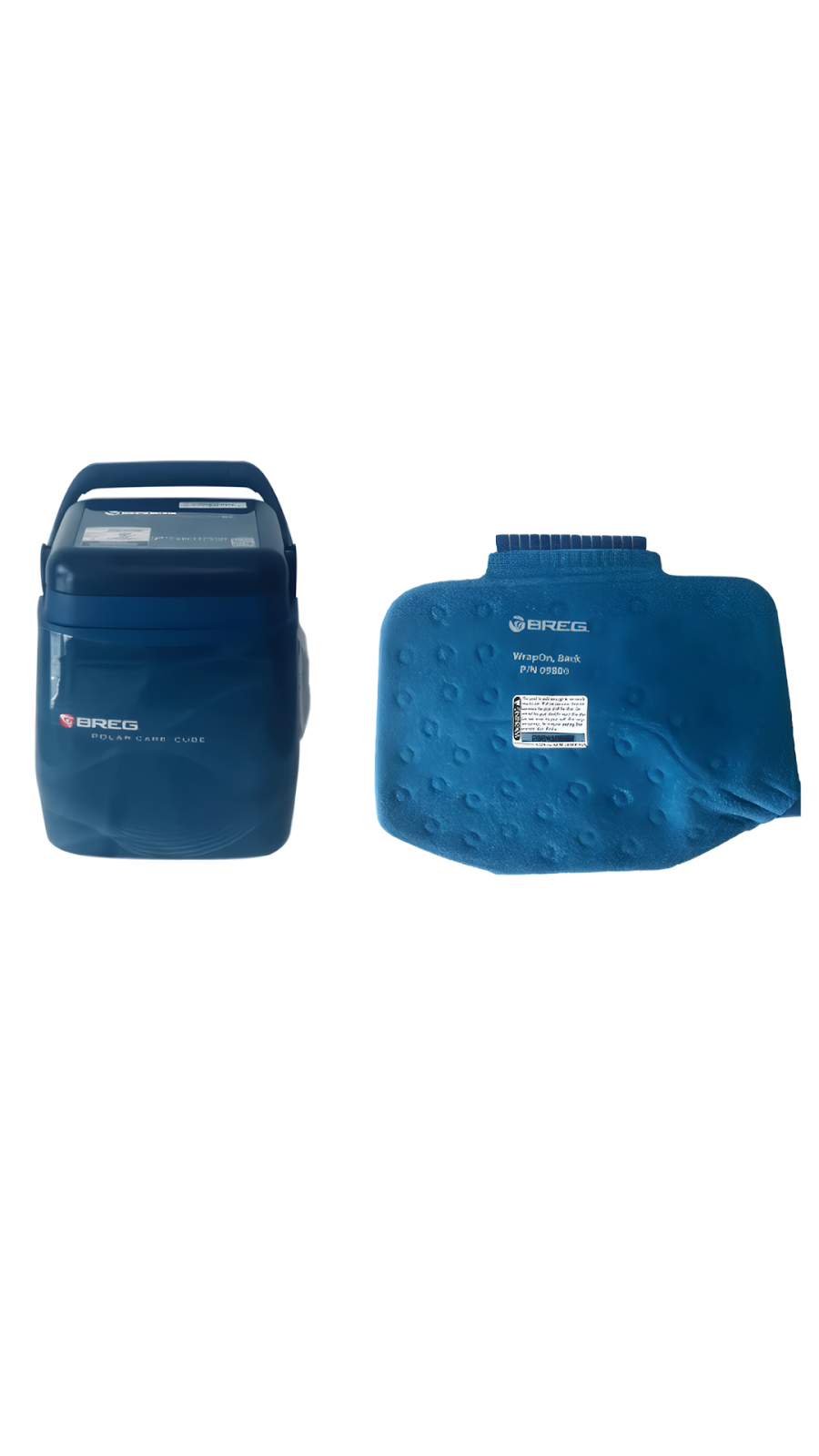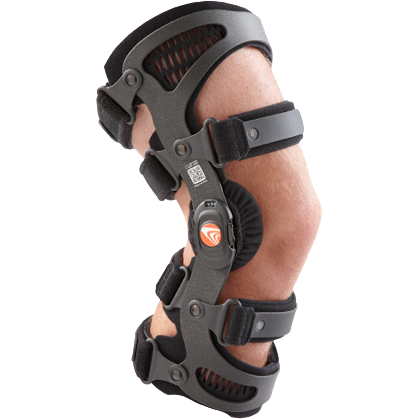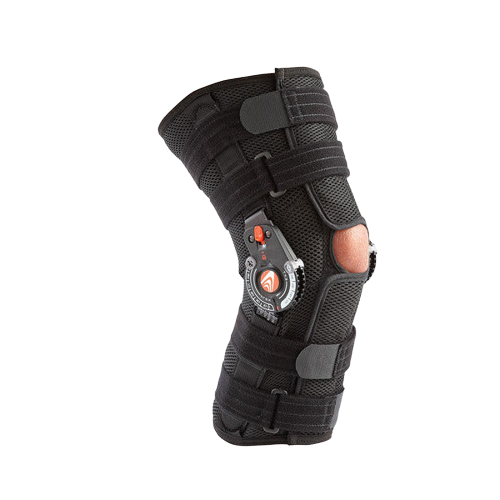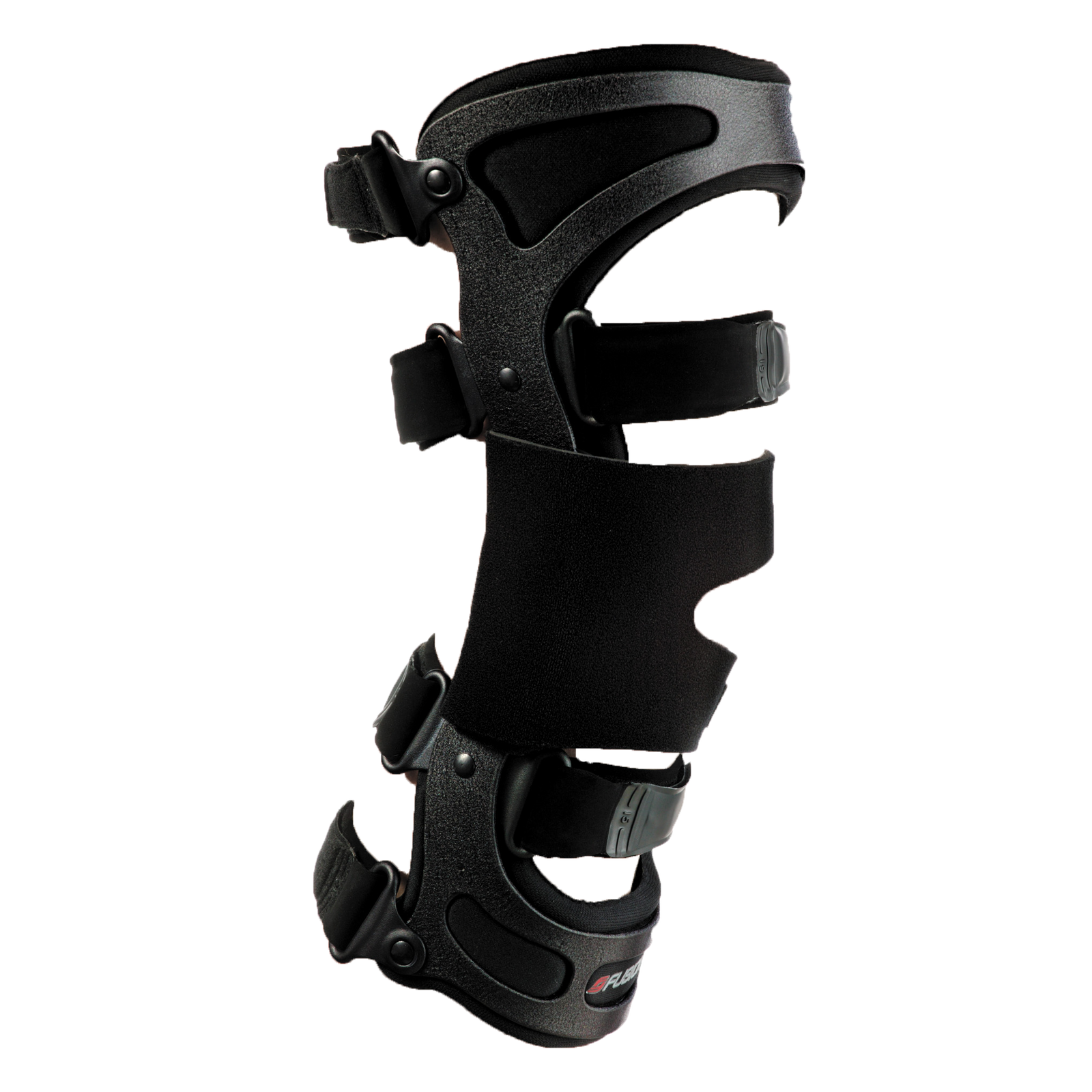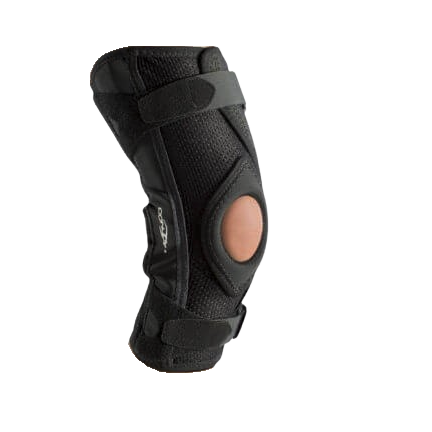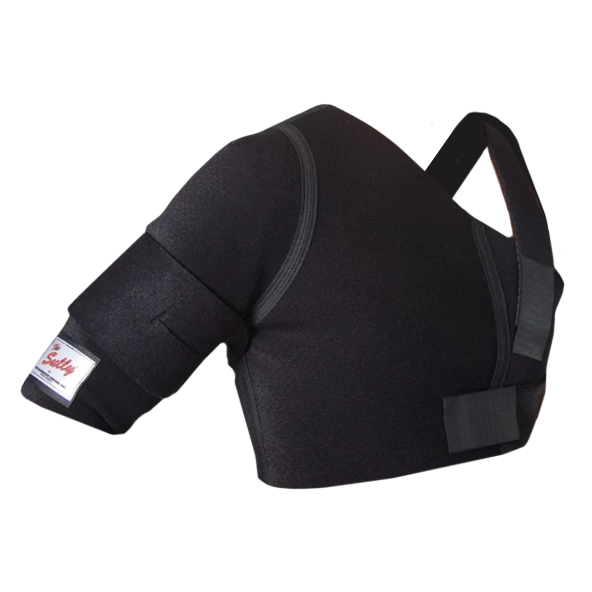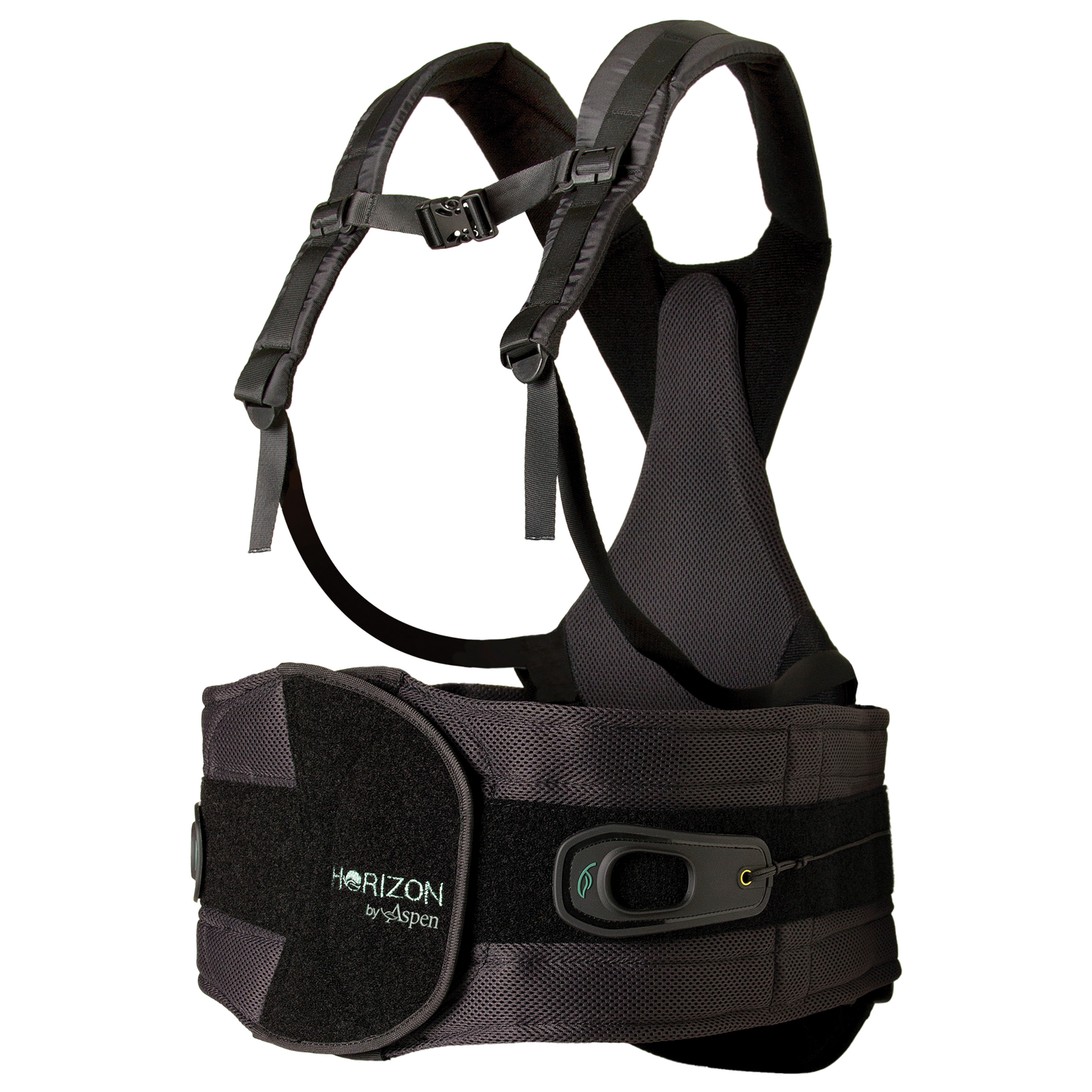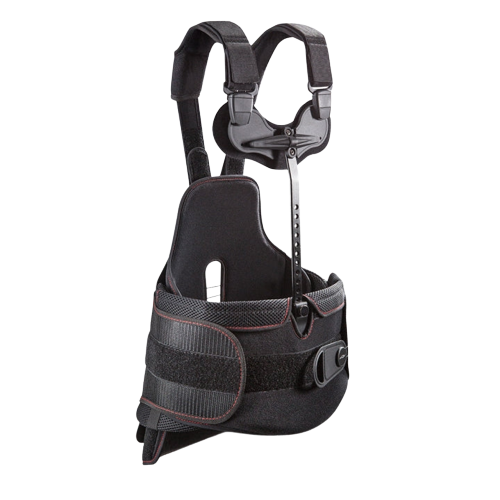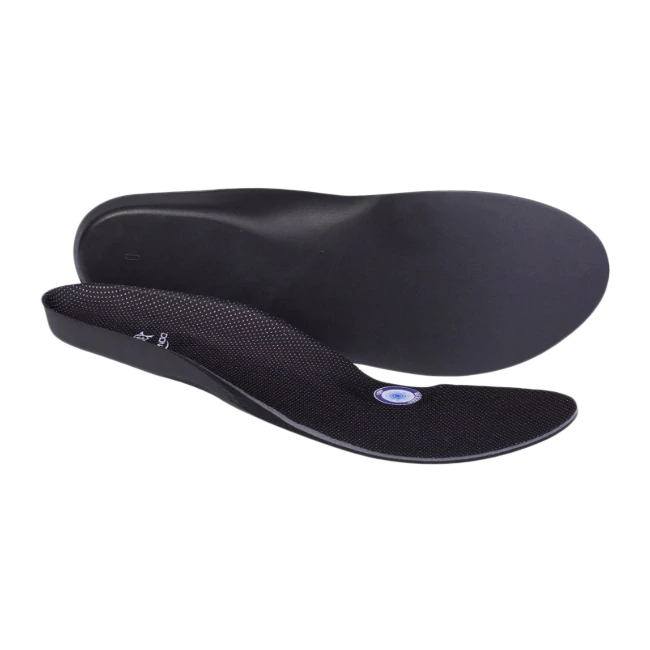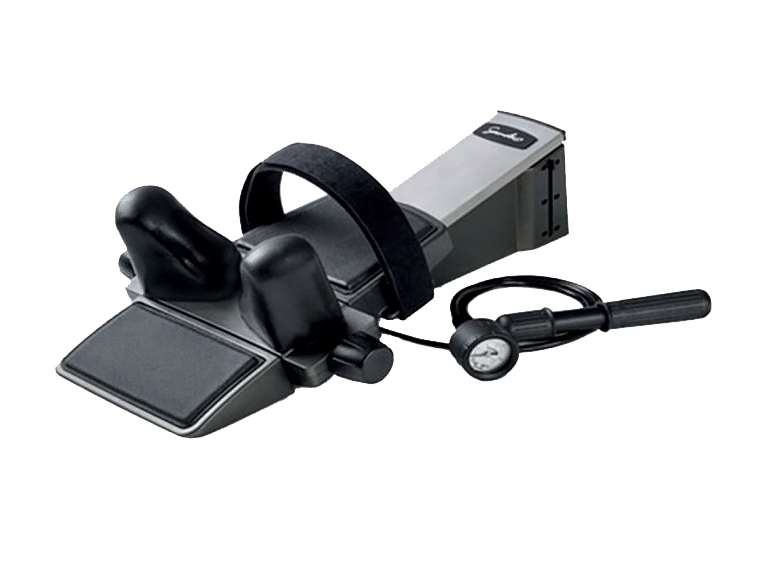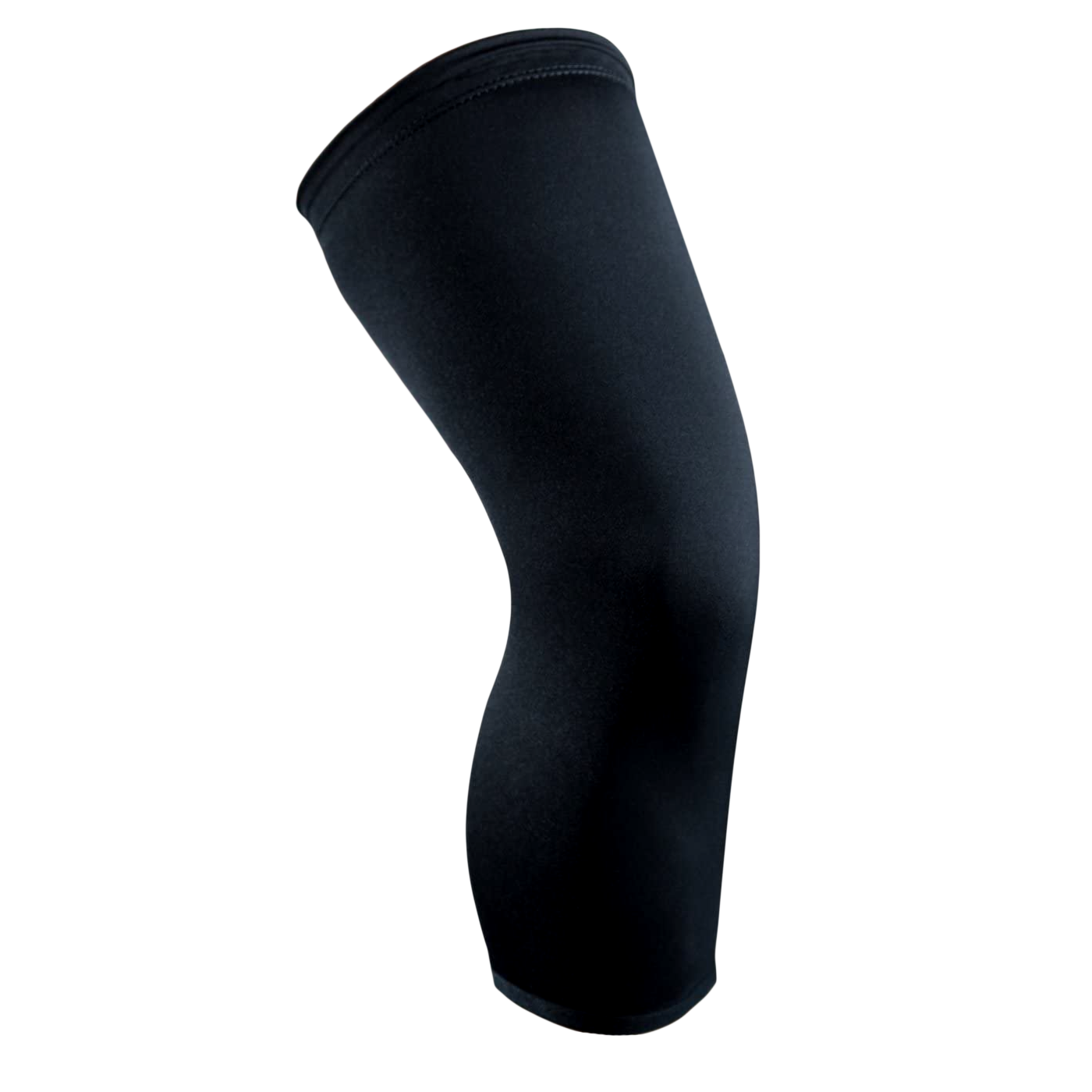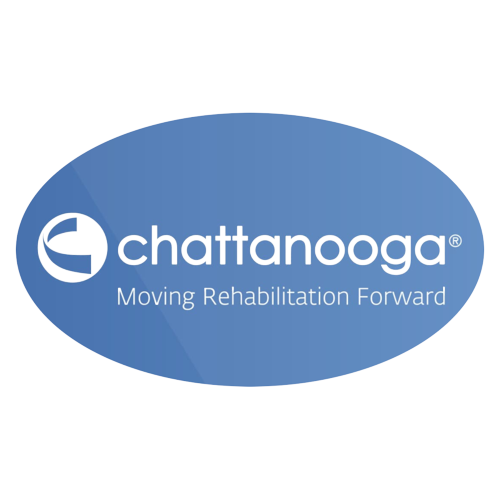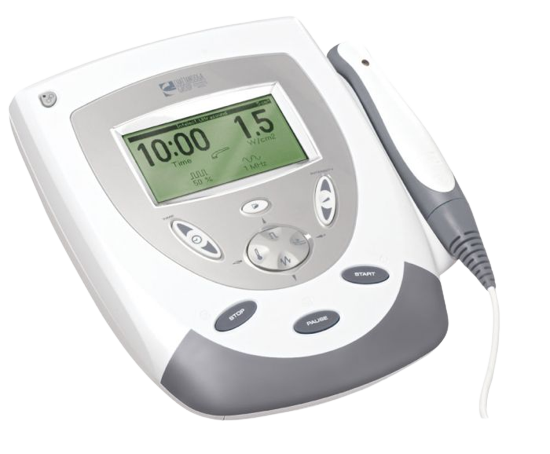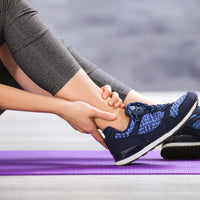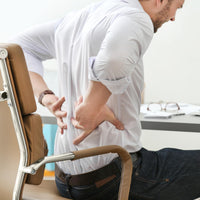
Key Takeaways:
- MCL Rehab Exercises Aid Comprehensive Recovery: Proper rehab exercises support healing, improve knee stability, and prevent further injuries, making them critical to a complete and safe recovery process.
- Understand Signs Indicating Focused Rehab Needs: Key signs like swelling, pain during weight-bearing, and limited range of motion suggest a need for targeted MCL rehab, enhancing long-term knee health.
- Adapt Exercises by Injury Severity for Best Results: Adjust rehab exercises according to the injury’s severity (Grade I, II, or III) to safely rebuild strength and mobility at an optimal pace.
At OrthoBracing, we’re committed to supporting your recovery journey with top-quality braces and expert guidance. We understand that dealing with an MCL injury can be challenging, and we’re here to help you get back to the activities you love with confidence and strength.
An MCL injury can be both physically and emotionally taxing. Every movement can be a painful reminder of what you've lost—the ability to run, play sports, or even enjoy a simple walk without discomfort. The uncertainty of recovery can feel overwhelming, and missing out on the activities that fuel your passion can be disheartening.
In this article, we’ll walk you through effective MCL rehab exercises designed to relieve pain and restore your strength. You’ll find step-by-step techniques tailored to promote healing and empower you to rebuild your confidence. Embrace your recovery journey with OrthoBracing by your side, and work toward coming back stronger than ever.
The Importance Of MCL Rehab: Why It Matters
Recovering from an MCL (Medial Collateral Ligament) injury is a journey that demands patience, dedication, and the right strategies to ensure a triumphant return to daily activities and sports without lingering issues. Depending on its severity, an MCL injury can sideline an individual for weeks to months, making the rehabilitation process a critical component of the recovery. Here is why MCL rehab exercises matter and are crucial for an effective recovery.
Facilitates Proper Healing
The MCL is vital for stabilizing the knee, especially in side-to-side movements. After an injury, engaging in targeted MCL rehab exercises under a professional's guidance helps facilitate proper ligament healing. These exercises are carefully designed to gradually increase the load and stress on the MCL, thereby promoting strength without overdoing it.
Restores Function And Strength
One of the primary goals of MCL rehab exercises is to restore the knee's function and the strength of the surrounding musculature. This includes improving range of motion, balance, and proprioception—all of which are key for a knee that’s both functional and resilient.
Prevents Further Injury
Due to altered biomechanics and compensatory movements, an injured knee is at a higher risk of subsequent injuries, not just to the MCL but to other structures. MCL rehab exercises aim to correct these imbalances and ensure the knee returns to a more natural movement pattern, reducing the risk of future injuries.
Supports A Speedy And Safer Return To Activity
An MCL injury can be particularly discouraging for athletes and individuals leading active lifestyles. Proper rehabilitation exercises expedite the healing process and ensure that the return to sport or daily activities is quicker and safer, minimizing the risk of re-injury.
Psychological Benefits
Beyond the physical benefits, MCL rehab exercises have a psychological aspect. The progression through rehab can boost confidence in the knee's ability to withstand stress, which is crucial for a complete recovery. This mental reassurance is important in overcoming the fear of re-injury, a common obstacle in the rehabilitation process.
Key Signs Your MCL Needs Focused Rehab Exercises
Recovery from Orthopedic surgery, particularly when involving the medial collateral ligament (MCL), requires careful attention and the right approach to rehabilitation. Identifying the key signs that your MCL may need focused rehab exercises is key to a successful recovery.
Swelling And Stiffness Around The Knee
Swelling and stiffness in the knee area can indicate an MCL injury requiring targeted rehabilitation. The body's natural response to injury is to inflame the affected area. However, prolonged swelling may hinder your recovery process, making it essential to adopt specific MCL rehab exercises designed to reduce inflammation and improve mobility.
Pain When Bearing Weight
Pain while bearing weight on the affected leg is a clear sign that your MCL may need additional support through rehabilitation. This discomfort often signifies that the ligament is under strain or not fully healed. Implementing a specialized exercise regimen can help strengthen the knee, providing the support needed to alleviate pain during weight-bearing activities.
Limited Range Of Motion
A noticeable limitation in the knee's range of motion often signals the need for focused MCL rehab exercises. This limitation can result from the ligament's inability to fully support knee movements, leading to a restricted ability to bend or extend the leg. Targeted exercises aim to gradually increase the knee's flexibility, eventually restoring its full range of motion.
Instability Or Giving Way
Experiencing a sense of instability or the knee 'giving way' under normal use is a telltale sign that focused rehab exercises are needed. This sensation often indicates that the MCL is not providing sufficient support to the knee, making it crucial to strengthen the surrounding muscles and the ligament through specific exercises.
Difficulty Performing Daily Activities
Difficulty or discomfort while performing daily activities, such as walking, climbing stairs, or shifting weight, suggests that your MCL may benefit from targeted rehab exercises. Rehabilitation focused on your MCL can address these challenges by enhancing stability, strength, and flexibility, making day-to-day tasks more manageable and pain-free.
How Long Does MCL Recovery Take? A Guide By Injury Severity
The recovery time from a Medial Collateral Ligament (MCL) injury can vary significantly depending on the severity of the injury. MCL injuries are typically categorized into three grades, each corresponding to a different level of ligament damage. Understanding these grades and their associated recovery timelines is crucial for a tailored and effective recovery process.
Grade I MCL Injury
A Grade I injury is considered the least severe, involving minor tearing or stretching of the MCL. Patients usually experience tenderness and some pain around the knee area but retain most of their joint stability and mobility. Recovery from a Grade I MCL injury generally ranges from one to three weeks. During this time, light MCL rehab exercises can be beneficial to maintain mobility and strengthen the knee.
Grade II MCL Injury
Injuries falling under Grade II involve more significant tearing of the MCL fibers, although the ligament is not completely torn. This level of injury leads to more pronounced pain, swelling, and tenderness around the knee, alongside a noticeable decrease in the joint's stability. Recovery times for a Grade II MCL injury can extend from four to six weeks.
Rehabilitation efforts during this period should be more rigorous, emphasizing MCL rehab exercises to recover strength and stability without overstressing the healing ligament. Employing orthopedic recovery tools for pain relief and to support the healing process can be extremely advantageous.
Grade III MCL Injury
Grade III injuries represent the most severe form of MCL damage, characterized by a complete tear of the ligament. This results in significant instability of the knee joint, along with severe pain and swelling. Recovery from a Grade III MCL injury is the most prolonged, usually requiring three months or more.
Such injuries often necessitate a comprehensive and carefully managed recovery plan that includes a gradual return to mobility, strength training, and, in some cases, surgical intervention. Incorporating high-quality orthopedic surgery recovery products from leading brands can play a critical role in supporting the knee during this intensive recovery phase.
Reducing Swelling And Pain: Early-Stage MCL Rehab Techniques
In the initial phase of MCL injury rehabilitation, the primary focus is reducing swelling and alleviating pain to lay a solid foundation for further recovery steps. Here, we spotlight effective early-stage MCL rehab exercises and techniques that harmonize with our quality recovery products.
Cold Therapy
Cold therapy plays a pivotal role in controlling swelling and reducing pain. Applying cold therapy multiple times a day for intervals of 15-20 minutes can significantly alleviate discomfort and swelling, thus enhancing the healing environment for the MCL.
Gentle Range-Of-Motion Exercises
Commencing gentle range-of-motion exercises is crucial to prevent stiffness and maintain joint functionality. These exercises should always be performed within a pain-free range to ensure the knee's safety and prevent further injury.
Start with simple flexion and extension movements of the knee, progressively increasing the range as tolerated. This gradual encouragement of movement aids in restoring knee mobility and prepares the ground for more advanced rehabilitation exercises.
Quadriceps Setting
Strengthening the muscles around the knee contributes to stabilizing and protecting the joint. Quadriceps setting exercises, which involve tightening the muscles on the top of the thigh while keeping the leg straight, are both safe and beneficial at this stage. This simple yet effective exercise aids in maintaining muscle tone and knee stability without imposing stress on the MCL.
Elevating The Leg
Elevation is another critical strategy in the early stages of MCL rehab. Elevating the injured leg above heart level, when possible, helps reduce swelling by encouraging venous return and fluid drainage from the affected area. This technique, paired with the aforementioned exercises and therapy options, lays a wholesome foundation for the healing process.
Best Strength-Building Exercises For Mid-Stage MCL Recovery
As you transition into the mid-stage of your MCL (Medial Collateral Ligament) recovery, introducing strength-building exercises can significantly enhance your rehabilitation journey. These exercises are designed to reinforce the healing ligament and surrounding muscle groups, ensuring a robust and balanced recovery.
Quad Sets
One foundational strength-building exercise is the Quad Set. This involves sitting with your legs extended in front of you:
- Tighten the muscles at the front of your thigh (quadriceps) while pushing the back of your knee down into the floor.
- Hold this contraction for 5-10 seconds, then release.
- Repeat 10-15 times, ensuring you maintain a focus on quality of movement over quantity.
Quad Sets are essential for strengthening the muscles that support the knee, promoting stability and aiding in the reduction of swelling.
Straight Leg Raises
Building on the foundation set by Quad Sets, Straight Leg Raises further engage the quadriceps and core muscles:
- Lie on your back with one knee bent and the other leg straight.
- Tighten your quadriceps of the straight leg and lift it to the height of your bent knee.
- Hold the position briefly at the top, then lower the leg slowly to the starting position.
- Perform 3 sets of 10-15 repetitions, ensuring smooth and controlled movements throughout.
This exercise not only strengthens the thigh muscles but also encourages ligament healing by engaging the surrounding muscle groups without placing undue stress on the MCL.
Hamstring Curls
Hamstring strength is vital for balanced knee support and function. Hamstring Curls can be initiated using minimal equipment:
- Lie on your stomach with your legs straight.
- Slowly bend one knee, bringing your heel towards your buttock as comfortably as possible without pain.
- Hold the position for a brief moment, then lower your leg back to the starting position.
- Aim for 3 sets of 10-15 repetitions, adjusting as necessary based on your comfort and strength levels.
Maintaining a controlled pace ensures the focus remains on strength-building and minimizes the risk of exacerbating the injury.
Advanced MCL Recovery Techniques To Regain Knee Stability
Once basic mobility is restored and initial healing is underway, patients are encouraged to progress to more advanced MCL rehab exercises. These exercises are designed to strengthen the knee, improve flexibility, and return the joint to its pre-injury levels of function and stability. Below, we explore several effective advanced recovery techniques that can help regain knee stability.
Dynamic Leg Exercises
Dynamic exercises involve movement and are crucial for strengthening the muscles around the knee, increasing flexibility, and improving the range of motion. Some effective dynamic leg exercises include:
- Lunges: Start by taking a large step forward with one foot and then lower your hips until both knees are bent at about a 90-degree angle. Make sure your front knee is directly above your ankle, not pushed out too far, and make sure your other knee doesn't touch the floor. Keep the weight in your heels as you push back up to the starting position.
- Step-ups: Use a step or a stable platform lower than knee height. Step up onto the platform with one foot, pushing through your heel to bring your other foot up to meet it. Step back down and repeat, ensuring you alternate legs.
Stability and Balance Training
Stability exercises help in regaining control of the knee joint and improve proprioception (the body's ability to perceive its own position in space), which is often compromised after an MCL injury.
- Single-leg balance: Stand on one leg, keeping your standing knee slightly bent to avoid locking it. Hold the position for as long as you can, aiming for at least 30 seconds, and then switch legs.
- Bosu ball squats: Standing on a Bosu ball or a balance pad, perform squats. This adds an element of instability that helps strengthen the core and the stabilizing muscles around the knee.
Common Mistakes In MCL Rehab And How To Avoid Them
Recovering from an MCL (Medial Collateral Ligament) injury requires patience, persistence, and adherence to prescribed rehabilitation protocols. However, even with the best intentions, individuals can fall into certain pitfalls that potentially slow recovery or lead to re-injury. Understanding these common mistakes and learning how to avoid them can significantly enhance the effectiveness of your MCL rehab exercises.
Ignoring Pain Signals
One of the most frequent mistakes during MCL rehab is ignoring or pushing through pain. While some discomfort is normal during rehabilitation, sharp pain is a clear signal from your body to stop and reassess. Exercising through pain can exacerbate your injury, leading to a longer recovery period.
- How to Avoid: Always listen to your body. If you experience sharp or increasing pain during your exercises, stop immediately. Consult with your healthcare provider to adjust your rehab plan or to investigate further. It's imperative to differentiate between the discomfort of recovery and the pain that signals harm.
Rushing The Healing Process
Many patients are eager to return to their pre-injury activity levels and may attempt to speed up their recovery. However, the MCL, like any ligament, has a specific healing timeline that cannot be expedited without risking further injury.
- How to Avoid: Follow the timeline provided by your healthcare professional, understanding that recovery cannot be rushed. Utilize the recommended duration for each rehabilitation stage, whether it's using cold therapy for swelling or performing specific strengthening exercises. Patience is crucial in ensuring a comprehensive and successful recovery of the MCL.
Skipping Warm-Up And Cool-Down Phases
Neglecting to warm up before starting your rehab exercises or to cool down afterward can also hinder your recovery. These phases prepare your leg muscles and the surrounding areas for the upcoming physical activity and help muscle recovery after the exercises, respectively.
- How to Avoid: Incorporate a gentle warm-up routine before your rehab exercises, including activity that increases your heart rate and blood flow to the muscles, such as walking or cycling for 5-10 minutes. Similarly, conclude your exercise session with a cool-down phase, like stretching the muscles you've worked to promote flexibility and reduce soreness.
Not Following Professional Guidance
Attempting MCL rehab without professional guidance can lead to ineffective recovery or worsening of the injury. Rehabilitation exercises and protocols are designed to address an MCL injury's intricacies and should be personalized to cater to individual needs.
- How to Avoid: Always consult with a physical therapist or an orthopedic specialist who can design a rehab program tailored to your injury. Their expertise ensures that your recovery plan includes the appropriate exercises at the correct intensity and progression suited to your injury's severity and your overall physical condition.
Overlooking The Importance Of Strengthening And Flexibility Exercises
Finally, focusing solely on the injured area without addressing the overall strength and flexibility of the leg can result in imbalances that predispose you to future injuries.
- How to Avoid: Incorporate exercises that strengthen the muscles around the knee and the entire leg. Additionally, flexibility exercises should be included to improve the range of motion. A comprehensive approach aids in recovering from the current MCL injury and preventing future ones.
Final Thoughts
Recovering from an MCL injury is no small feat, but with patience, dedication, and a tailored rehab routine, you can regain strength, stability, and confidence in your knee. MCL rehab exercises are essential for physical recovery and restoring the mental resilience that injury can challenge. Following a structured rehab plan gives your body the best chance to return to its peak form and continue pursuing the activities you love.
Our commitment at OrthoBracing is to support you every step of the way during your recovery. We understand the importance of utilizing only the highest quality brands for Orthopedic Surgery recovery and pain relief, including trusted names like AirCast, Breg, Chattanooga, DonJoy, and Exos. These brands are at the forefront of designing products that aid in a smoother, more efficient rehabilitation process, helping you regain mobility faster and with less discomfort.
Remember, every recovery phase is crucial, and integrating professional-grade recovery tools can positively impact your healing timeline. Allow OrthoBracing to be a part of your recovery journey, providing high-quality products and the encouragement and support you need to recover confidently. Trust in our commitment to your rehabilitation, and let us aid you in returning to the activities you love with strength and assurance.
Read also:
- Best Knee Rehab Exercises For Strength And Flexibility
- How To Do Cold Therapy At Home: Simple And Effective Methods
- Heat vs. Cold Therapy: When To Use Each For Healing
Frequently Asked Questions About MCL Rehab Exercises
What is the MCL and how is it injured?
The Medial Collateral Ligament (MCL) is a key ligament located on the inner side of your knee that helps stabilize the joint. MCL injuries typically occur from a blow to the outer side of the knee, causing the ligament to stretch or tear. This type of injury is common in contact sports but can result from a bad fall or accident.
How soon after an MCL injury can I start rehab exercises?
The timing for starting rehab exercises after an MCL injury depends on the severity of the injury. For mild to moderate sprains, rehab can often begin a few days after the injury once pain and swelling have decreased. For more severe injuries or post-surgery, it's crucial to follow the specific guidance of a healthcare professional. Early movement, within pain-free limits, is generally encouraged to promote healing.
Can MCL injuries heal without surgery?
Many MCL injuries, particularly grades I and II sprains, can heal effectively without surgery. The ligament has a good blood supply, aiding the healing process. Treatment usually involves rest, ice, compression, elevation (RICE), bracing, and physical therapy. Severe tears (grade III) may require surgical intervention, especially if the injury is part of a compound knee injury involving other ligaments.
How often should I perform MCL rehab exercises?
The frequency of MCL rehab exercises should be tailored to your specific recovery plan, usually under the guidance of a physical therapist or orthopedic specialist. A common regimen may start with daily exercises that focus on gently mobilizing the knee and progressively incorporate strengthening and stretching exercises. The key is consistency and gradual progression, avoiding overexertion to ensure proper healing.
How can I tell if my MCL rehab exercises are working?
Improvement in pain levels, increased knee stability, and greater range of motion indicate that your MCL rehab exercises are effective. Progress can be gradual, so it's important to maintain consistent communication with healthcare providers to adjust your rehab plan as needed. Functional improvements, such as easier walking or climbing stairs, can also show that your recovery is on the right track.
Are there any exercises I should avoid with an MCL injury?
Yes, certain activities should be avoided to prevent further strain on the MCL during the healing process. High-impact exercises like running, jumping, and contact sports should be postponed until your healthcare provider approves them. Activities that involve sharp turns, twisting motions, or lateral (side-to-side) movement can put additional stress on the MCL and should be avoided in the early stages of rehab.

